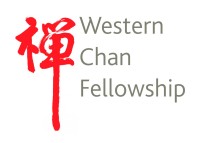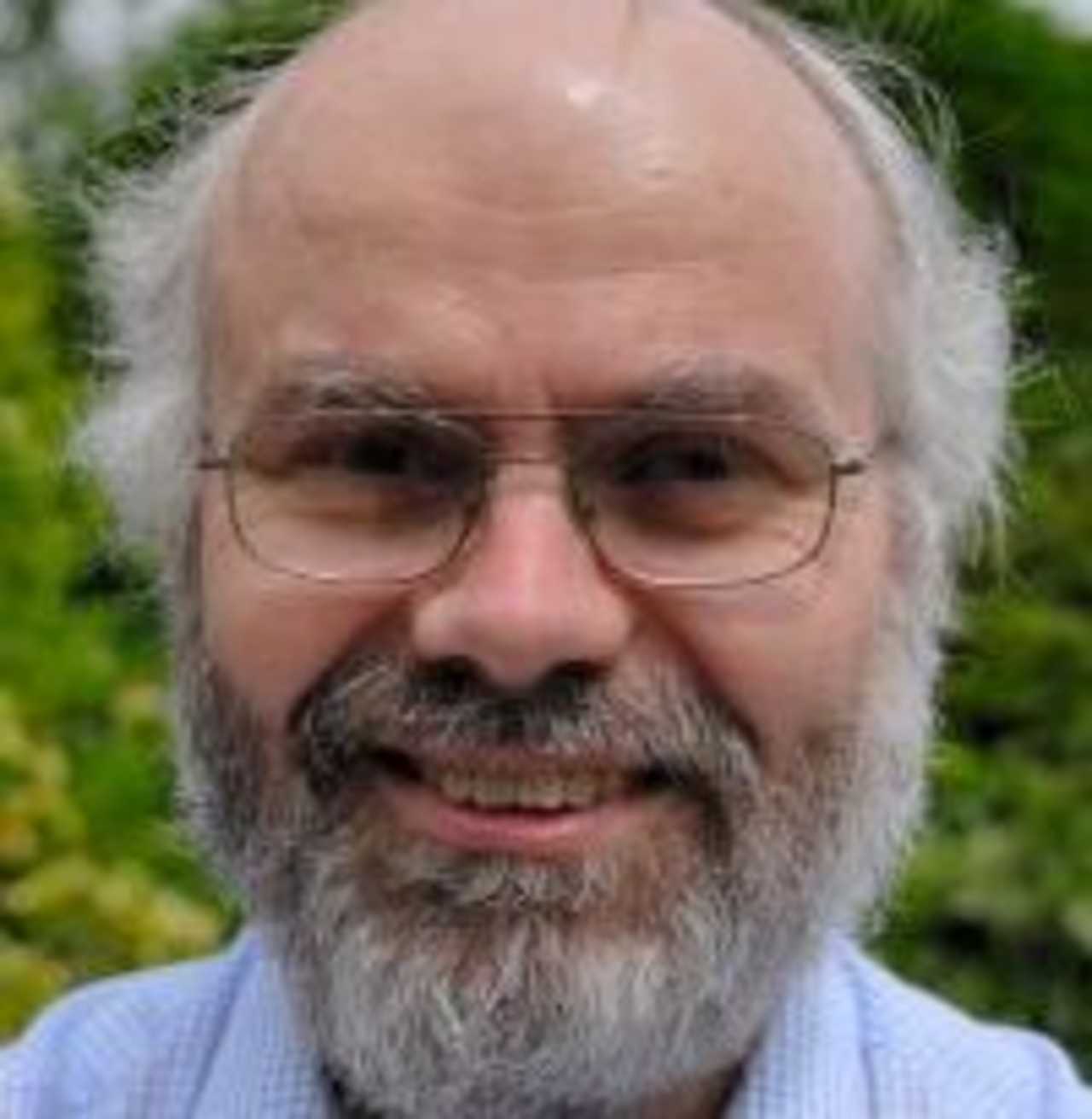Silent Illumination
Day 2, Three Week Retreat
Silent Illumination is essentially very simple. It can be summarized in three sentences:
Look and see.
Look what is there.
And don't add to what is there.
'Look and see': Illumination.
'Don't add anything': Silence.
But it doesn't seem so easy! Why? Because there's something in the way. You! You're in the way of your own seeing. You're disturbing your own mind.
When I say 'you', we could use that difficult word 'karma'. People have different understandings of the word. Simply, it is your own personal history that's getting in the way, reliving itself in your memories and thoughts and projecting itself into thoughts of the future. What has happened to you in the past is getting in the way now of your direct seeing. Ruminations, reminiscences, recriminations, fantasies, hopes, fears. All these obscurations come from you, generated from your personal history.
How can you get 'you' out of the way? First of all, you need to understand that you are in the way. This is where the process of looking and seeing is very important. It applies at all levels. When we speak of Silent Illumination in a pure sense we are speaking of looking into a still, peaceful mind. Then we can see 'The Nature.' But even if your mind is not still, we can nevertheless apply that same process of looking and seeing. The Chinese word is 'Tsan', investigate. It is not investigate in the analytical sense. It is not conceptual.
You need to investigate as in 'looking', 'seeing', 'appreciating', 'knowing'. You can think of this more as the activity of an artist, poet or musician in the act of creativity. They may have a sense their creation is not quite right and they want to do more with it, but they are not quite sure what. If we set aside the basic errors of craftsmanship, what they actually do is mull it over, just sit with it, open to whatever might come, what needs doing to change it. This is the meaning of this sort of 'investigate'. It's not checking the chemistry of the paint!
It's the same with your mind. Be open to your own mind in the same way you might be to an artwork you are creating. Just be there with it, let it arise and see what's there. We use the mnemonic 'let through, let be, let go'. When you are sitting in meditation and your mind is not still and silent, the way to proceed is not to try to cut it off. The way is to investigate, to let that mind arise. To let that thought or feeling arise, to let it through, not suppression. Let it through into awareness. And as it comes through, let it be there. Silent Illumination is not suppression. It's being with 'what is' and seeing 'what is'. Let it through, let it be, and - in its own time - let it go. It's not about holding on, it's about 'this is how it is'. And this is what's next.
This process of non-suppression helps with the clarification of the mind. If you are suppressing to try to achieve a kind of stillness then by definition you are not fully illuminating. But if you let whatever arises flow through you, then Illumination is occurring. And, if you do not engage with what is arising, silence can accompany that. You let it arise but without engaging with it. You don't react to it, you just let it flow and know what it is that is flowing. Such 'going with the flow' is the Silence. And knowing what is flowing is Illumination.
Of course we don't always find it easy to flow. Things touch our tender points, our resistances. And we hold back and resist. As you find yourself getting caught in these ways, the method of the sheep pens can be useful. As these thoughts or feelings arise you may notice that some are repetitive. One way to get a grip on this is to give thoughts or feelings a name or category and put them in the appropriate sheep pen. 'Greedy sheep'. 'Angry sheep'. 'Sad sheep'. 'That's that relationship problem'. 'That's that work issue'. 'That's that family issue'.
You may find that most of your thoughts can be put in just three or four categories or sheep pens. As they come up, notice them, notice the category to which they belong and put them aside. Say 'yes, that one's come up again, I'll put it into that sheep pen. ' You're not denying it, you're putting it aside for attention later. If your thoughts are flowing freely and you're not getting locked into them then there is no need to do this. Very often though we are locked in; we find ourselves going down the same track again and again and that is when this technique is useful.
I'm saying 'let through, let be, let go' if the thoughts are flowing freely; but I'm also saying 'interrupt the flow' if the thoughts are repetitive and locking you in. Divert them into a sheep pen. As you become more familiar and clear with what's 'flowing' or being 'penned up' there comes a point when you start to get a sense of ownership of what's going on inside yourself. You acknowledge 'this is part of me'. This is how I am. This what is going through me. And with that may come a sense of regret. You think, 'yes that sheep pen is getting very full on that particular topic, I cannot deny it anymore. I have a role in that. I have responsibility.'
As repentance arises, karma can be discharged. If one honestly repents for something the issue discharges itself. Maybe not completely, maybe there will be ramifications that remain to be explored at another time. The value of gathering these things together is to be able to clarify them and take them on board and discharge them through repentance. It's necessary to be willing to own your own material and discharge it through repentance.
You might argue that it comes through yourself but was imposed on you by someone else. That may be true but the way you handle it now is your responsibility. It may have been put there by another, but how you live it is down to you. So, if it is difficult to be 'Silent' and 'Illuminating' then investigate the difficulty. Find out what is blocking the flow. Identify it and examine it. Sometimes just identifying it is sufficient. That may clarify something for you. And sometimes it may need further investigation. Maybe it needs active repentance. Be open to whatever comes.
There are other ways of handling difficulties in meditation in addition to the sheep pen method. When your mind seems quite scattered, then you can try changing your focus a bit. Maybe you're not ready for Silent Illumination and taking time over one or more sitting periods to count the breath may be advisable. Or use a mantra. Use a method with a narrower focus that helps to contain the mind. If you try to do Silent Illumination when your mind is too scattered you may just scatter it further. So, don't be afraid to return to a method that concentrates the mind more effectively, then later try again opening it up and see where you are.
Sometimes if you are scattered it's because you're trying too hard and you are too tense. Check your posture: are you over-tense and in need of relaxing a bit? Conversely, if you are getting drowsy, maybe you need to tense-up a bit. Use your posture to arouse yourself. Usually we spend much of our time in meditation either drowsy or tense and little time in between. So get to know how to handle tenseness and drowsiness so you can adjust to the 'in-between'. If you are drowsy, stiffen your position a bit, lift your eyes to wake yourself up. Take off a blanket or a sweater, it's hard to be drowsy if you are a bit cold. If you are scattered, try relaxing even if you slump somewhat. Let your eyes go lower or even closed. So adjust yourself according to need. If you have not been sleeping well at night then maybe you're drowsy because of genuine tiredness. If this is persistent sitting after sitting then maybe you should take a rest. But don't do that too often as drowsiness may be a resistance to the things I've been talking about.
Let's return to the method of Silent Illumination. The particular method of Silent Illumination is to place focus of awareness on the whole body. Other methods tend to focus on one part of the body, for instance the breath. That's an easier way to get an initial grip because it's a narrower focus. But with focus on the whole body, it is experience of the whole of you. And ultimately it is the whole of your experience because it includes the environment, perceptions, sounds, sensations. This is why it's a very valuable practice even though it's a bit more difficult to get a grip on initially. Anchor your attention in the body. If you find you have lost attention to your body then simply bring it back. You will lose it of course. Just bring attention back when you notice you have lost it. The body awareness we are talking about needs to be both total and even. It's not a collection of parts: Not 'I can attend to my knee now, and here is my back' etc. etc. It's a single activity of being you, of knowing what is arising in any part of you. Sensation and mind and breathing and whatever. If something is happening then you know it. And if something is not happening then you are ready for when something does happen. It's that sort of continuous attention on yourself.
One specific example of losing attention is getting lost in admiring the landscape. It shows you've cultivated a certain amount of stillness but it's a loss of Silent Illumination. By putting your attention 'out there' you have lost the body. So at those times it's good to notice that you have lost the body and bring the body back into awareness with the landscape. So the landscape is not something 'other' out there, it flows from here. You are part of the landscape, bring yourself into the landscape. There's no need to deny the landscape but do be part of it, feet on the ground.
Silent Illumination is really not a method, it's a principle. And there are various ways that one can fall into it. The formal method is this awareness of body. But if you find other ways working for you that is fine. Do check them out - body awareness should be there even if you're using landscape as your method. If it's not there then it is not Silent Illumination. On one retreat with Master Sheng Yen in New York he noted that fourteen people in interview had recounted fourteen different ways to do Silent Illumination. So Master Sheng Yen said to the group 'That's OK but maybe you want to try the proper way sometime'! There's something special about making sure you are solidly present there in your body. So check that out.
- Publication date:
- Modified date:
- Categories: 2005 Dharma Talks Simon Child
-
 Western Chan Fellowship CIO
Western Chan Fellowship CIO - Link to this page
Back

©Western Chan Fellowship CIO 1997-2025. May not be quoted for commercial purposes. Anyone wishing to quote for non-commercial purposes may seek permission from the WCF Secretary.
The articles on this website have been submitted by various authors. The views expressed do not necessarily represent the views of the Western Chan Fellowship.
Permalink: https://w-c-f.org/Q372-145



